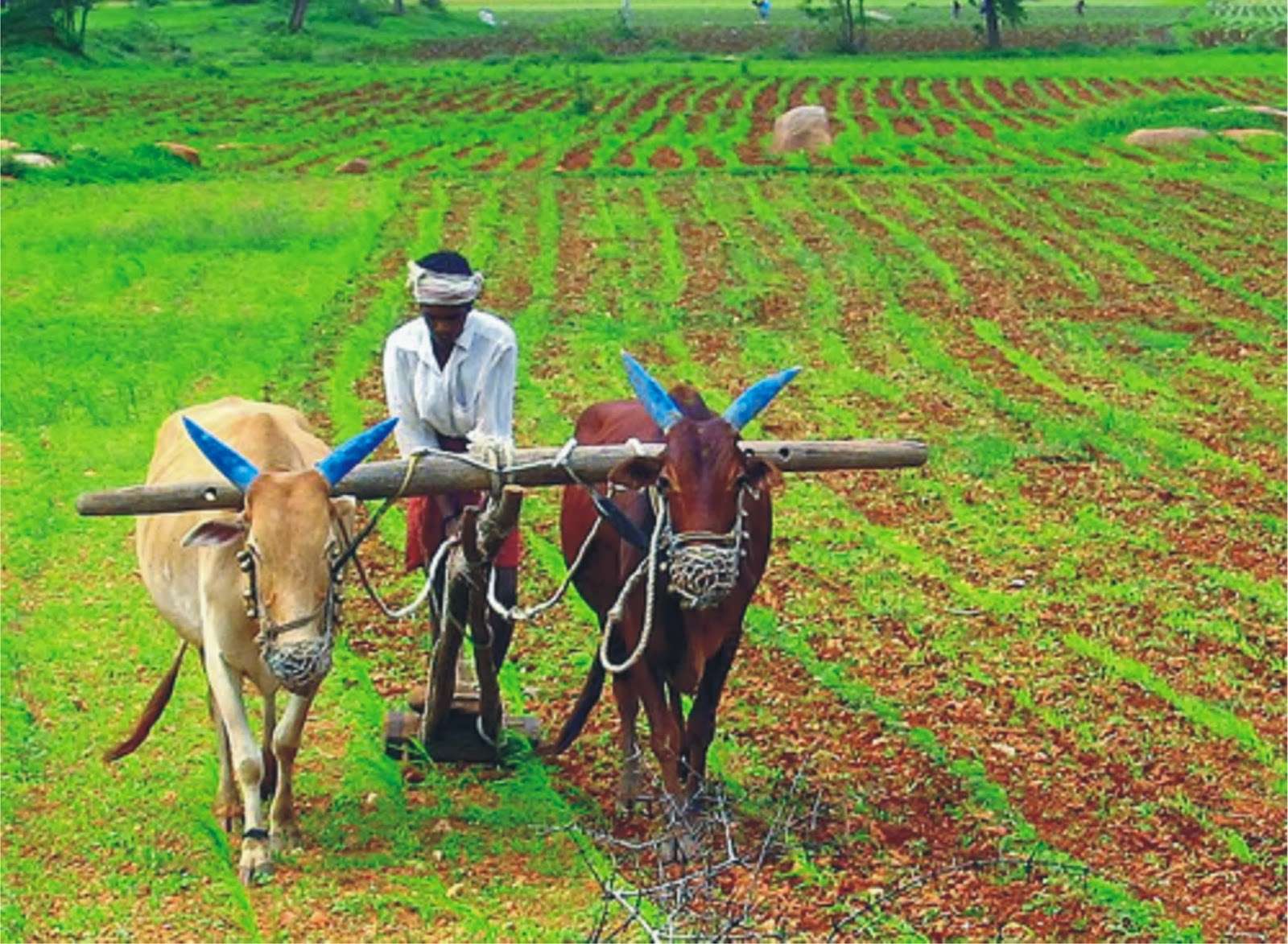The International Monetary Fund (IMF) has recommended that the tax policy reforms must introduce presumptive taxes on agricultural turnover and land-based tax rates for better taxation of agricultural sector, common rate schedule of Capital Gains Tax regime (CGT) for all financial assets and integration of GST regime (goods and services) with a single statutory rate under one collection agent to increase revenue collection.
This has been proposed in an IMF paper, titled ‘Unlocking Pakistan’s Revenue Potential’ prepared by Serhan Cevik. According to the paper, despite a significant progress in recent years, Pakistan’s tax revenue remains low relative to comparator countries and the tax effort expected for the country’s level of development. The empirical findings indicate that a tax system with low elasticity cannot take full advantage of economic growth. Accordingly, unlocking revenue potential is dependent on broadening the tax base, strengthening administration, and rationalizing tax policy across all levels of the general government.
The paper states that the tax revenue-to-GDP ratio increased by 2.4 percentage points over the past three years to 12.4 percent of GDP in 2016, but it is still significantly below Pakistan’s tax potential. This reflects a plethora of factors including narrow tax bases, generous tax concessions and exemptions, weak and fragmented revenue administrations, and structural features of the economy. Relative to comparator developing countries, Pakistan’s tax system is complex and fragmented. Although Pakistan’s constitution assigns significant revenue responsibility to the provinces, provincial governments’ own revenues contribute only about 8 percent of total tax revenues. The composition of tax revenues is highly skewed towards indirect taxes, which accounts for about 63 percent of federal tax revenue, while the extensive use of tax concessions and exemptions results in a distortionary and unfair tax regime. Consequently, while Pakistan’s estimated tax effort-the ratio between actual revenue and tax capacity-improved from 0.43 in 2011 to 0.56 in 2016, it is still significantly below the average of comparator developing countries (0.64) and high-income countries (0.76).
The paper maintained that Pakistan’s tax system with low elasticity fails to take advantage of economic growth to a greater extent. Without continued reform efforts, Pakistan cannot realistically raise its tax revenue to around 15 percent of GDP in the foreseeable future.
While Pakistan has the potential to double its tax revenue-to-GDP ratio over the long term, the empirical findings presented in this paper indicate that realizing the country’s tax revenue potential requires further concerted and well-defined efforts at the federal and provincial levels aimed at broadening tax bases, strengthening tax compliance across all sectors of the economy, and eliminating distortionary tax concessions and exemptions, and addressing structural challenges of fragmented tax administrations. These fundamental changes would not only boost the country’s tax revenue-to-GDP ratio and thereby create resources for growth-enhancing priority spending, but also improve the perceived fairness of the tax system.
Strengthening tax administrations across all layers of government is key to sustainable revenue mobilization. To improve taxpayer compliance and curb tax avoidance and evasion, reform efforts must aim to modernise and bolster the effectiveness of tax administrations at federal and provincial levels by reorganising along functional lines, integrating databases and information technology, and requiring a tax identity number in all financial and immovable property transactions. This would also help deal with the potential problem of using remittance transfers as a mean of tax evasion. Cross-country figures indicate that there is also a strong relationship between the tax revenue-to-GDP ratio and business climate and corruption.
The paper recommended that FBR and provincial revenue administrations should fully implement a risk-based auditing system focusing on taxpayer non-compliance risks, defined as the likelihood of yielding large amounts of audit adjustments and penalties, and increase tax fraud penalties and make tax evasion a criminal offense. Fighting tax evasion should initially focus on a comprehensive list of high-wealth individuals and corporate entities they control and prohibit the so-called “benami” transactions, which are commonly used for tax avoidance and evasion. It is also important for the Ministry of Finance to enhance analytical capacity by establishing a tax policy research and analysis unit-outside the FBR-to improve revenue forecasting and upgrade the quality of fiscal policymaking.
The paper recommended that tax policy reforms must aim to increase revenue yield, while improving the fairness of the tax regime. Direct taxes can be designed better for enhancing efficiency and equity. In the case of PIT, with the tax exempt income threshold set at almost four times per capita income, a significant share of employed people does not pay any income tax at all. Accordingly, reducing the tax exempt income threshold, widening tax brackets, adopting more progressive and lower tax rates, and rationalizing concessions and exemptions would not only reduce distortions and increase revenue yield, but also improve the fairness of the tax system. This sense of social justice is key to boosting tax morale and thereby tax buoyancy. In this context, while the FBR has made improvements in the capital gains tax regime, there is still a need to adopt a common rate schedule for all financial assets and eliminate exemptions.
It further recommended that simplifying the CIT regime and reducing concessions and exemptions are necessary to pave the way for lower rates while enhancing revenue yields, which would also help in improving the economy’s international competitiveness. Introducing presumptive taxes on agricultural turnover and land-based tax rates adjusted according to productivity characteristics of agricultural land can facilitate better taxation of the agricultural sector on a progressive scale with an appropriate threshold to protect low income farm households.
Modernising recurrent property taxes, on the other hand, can be achieved by establishing a central fiscal cadastre and a central valuation agency and adopting a market-based valuation methodology. The paper further recommended integrating the GST regime (goods and services) with a single statutory rate under one collection agent, and eliminating GST exemptions, zero-ratings, and special schemes to attain greater efficiency in indirect taxes.
Changing the structure of federal and provincial excises to ad valorem rates in a unified manner for domestically produced and imported goods can maximise the revenue yield and better address negative externalities associated with some products such as tobacco and petroleum products, the paper recommended.










Add comment